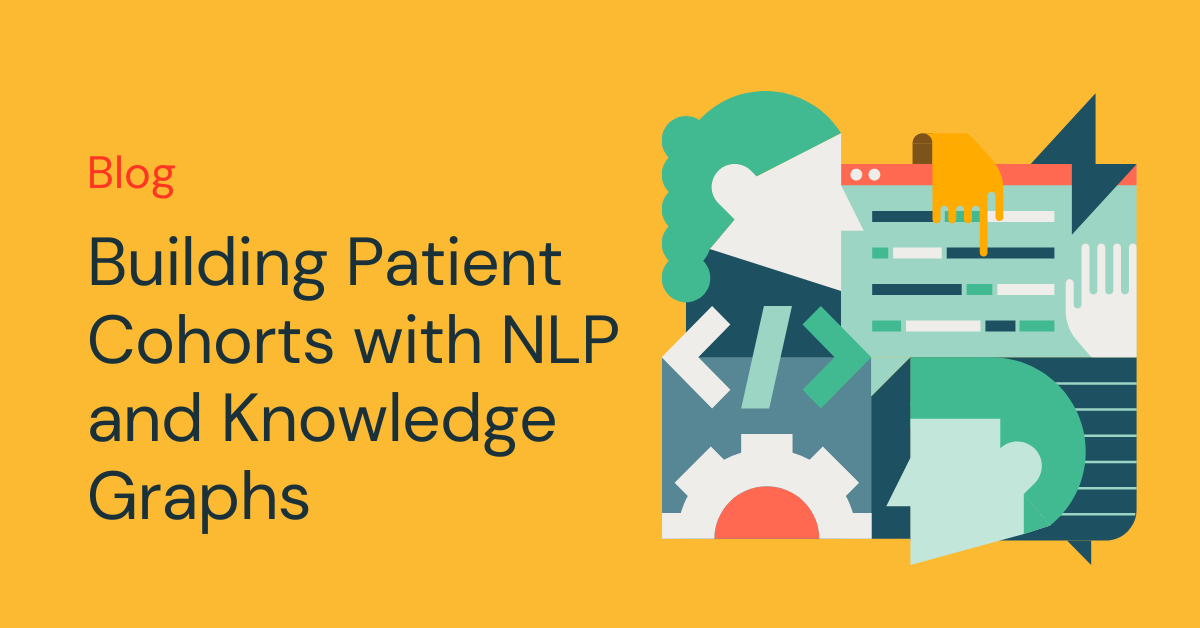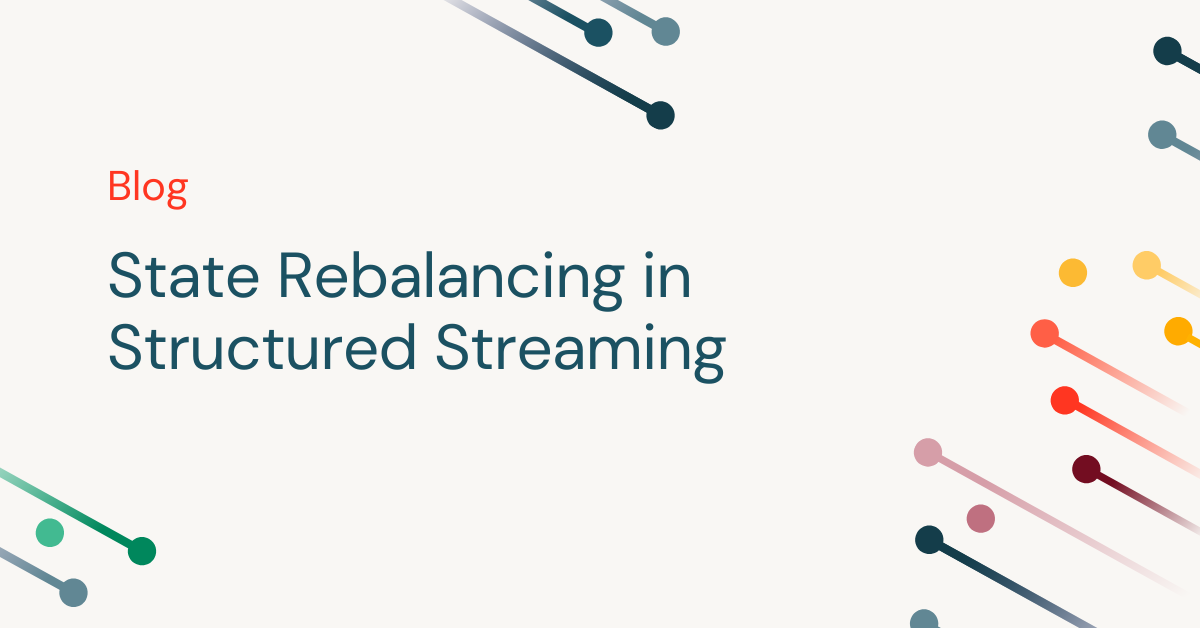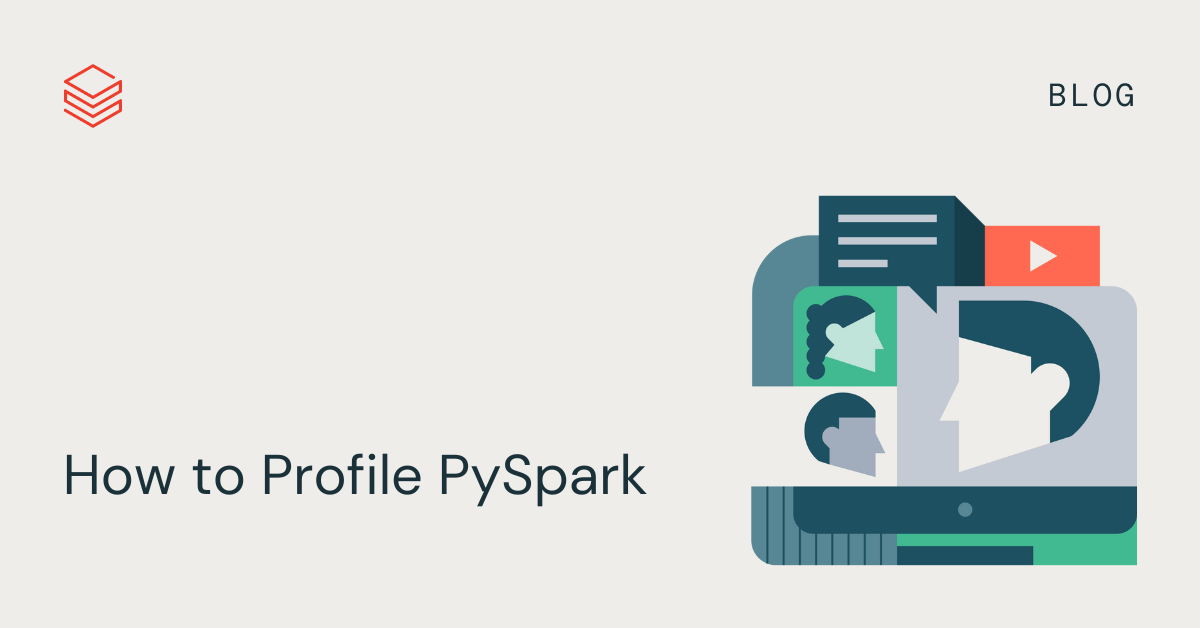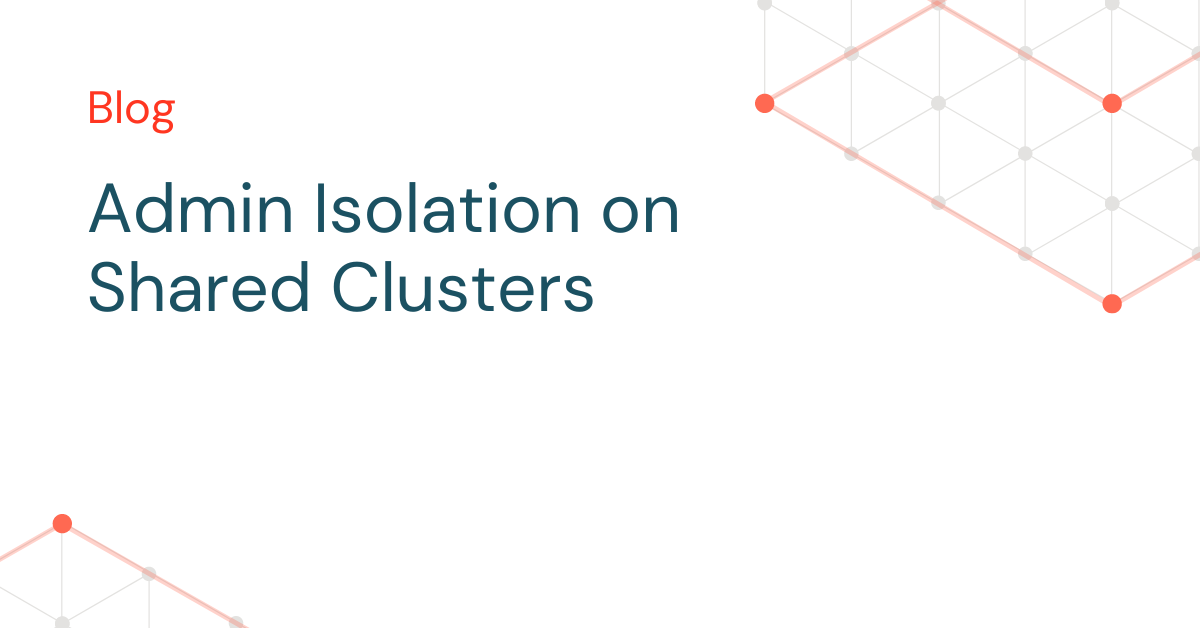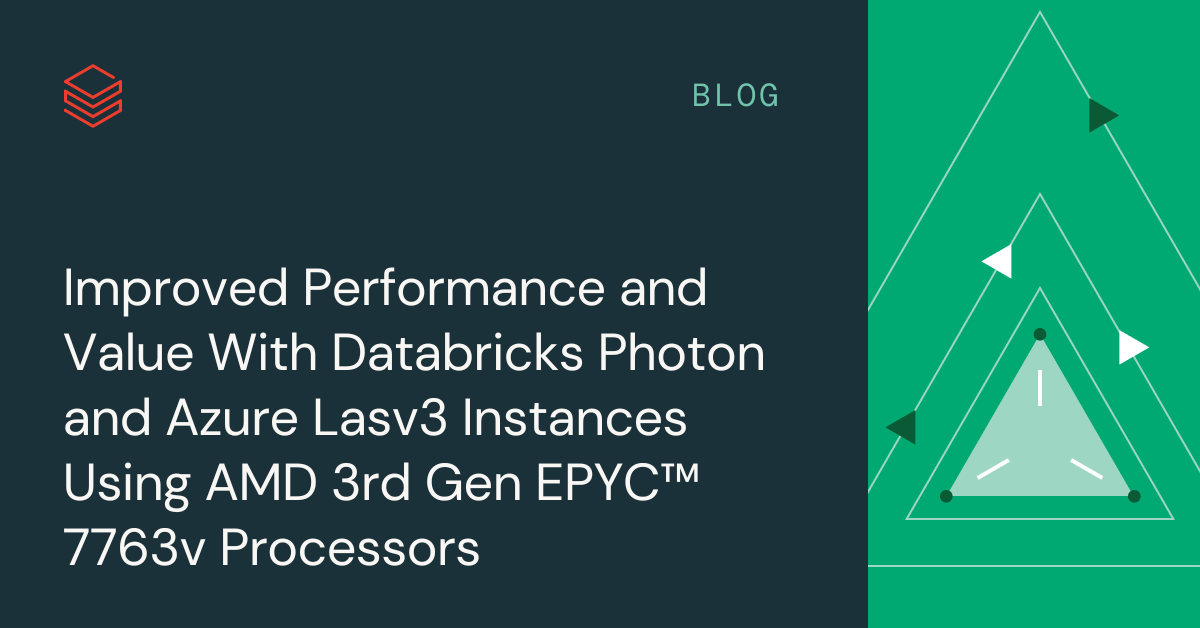Multi-Objective Ranking for Promoted Auction Items
Background Last year, eBay Ads launched a new campaign type, Promoted Listings Express (PLX), which lets eBay sellers boost visibility for their auction-style listings with just a few clicks and a single, flat, upfront fee. Over the past year, our research team worked to optimize how we merchandise these promoted auction items. The way in […]
Continue Reading



